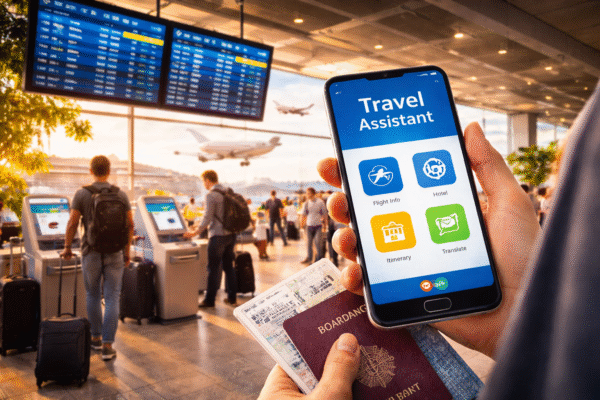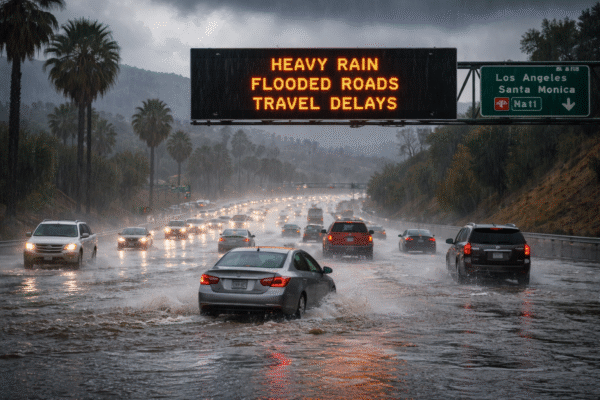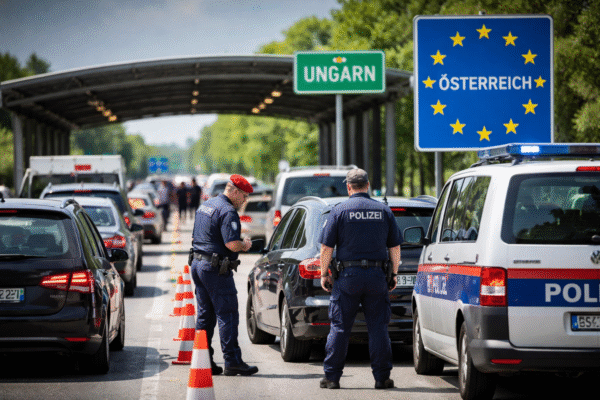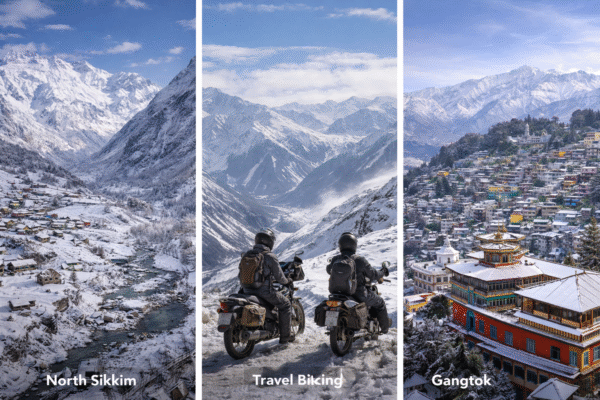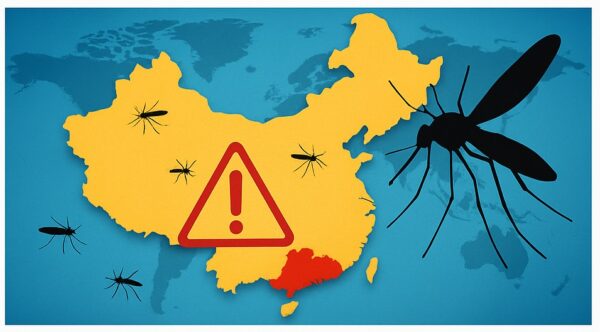The U.S. Centers for Disease Control and Prevention (CDC) is actively evaluating the issuance of a formal travel advisory for China after reports indicated chikungunya infections in Guangdong Province have surged beyond 5,000 cases within weeks. Such a notice, if released, would aim to inform American travelers of heightened health risks and drive immediate action across airlines, tour operators, insurers, and corporate travel managers to reassess itineraries and safety protocols.
Chikungunya is a mosquito-borne viral illness transmitted primarily by Aedes aegypti and Aedes albopictus mosquitoes. Symptoms typically include sudden fever, debilitating joint pain, muscle aches, and rash. While fatalities are rare, the joint pain can persist for months, leading to long-term disability in a segment of patients. There is no direct antiviral treatment or vaccine widely available. Prevention relies on bite-avoidance measures and mosquito control efforts.
The epicenter of China’s current outbreak is Foshan city’s Shunde district, where health authorities confirmed over 5,155 cases as of July 27, prompting an upgrade to a Level III public health emergency response. Local officials have mobilized to nearly double the number of mosquito-proof isolation beds and intensified vector-control operations, including fumigation and public education campaigns on eliminating standing water. Fines of up to ¥10,000 (approximately US$1,400) are being levied against violations of control measures.
In Washington, CDC epidemiologists are collaborating with Chinese counterparts and the World Health Organization (WHO) to gauge the outbreak’s trajectory and assess the need for a “Travel Health Notice.” Such advisories, categorized by level of concern, inform U.S. citizens about potential health threats abroad and recommend precautions—from enhanced hygiene to postponing non-essential travel. The WHO has similarly sounded the alarm on chikungunya’s global resurgence, noting that some 5.6 billion people across 119 countries remain at risk.
Implications for the Travel Industry
The prospect of an official travel warning could ripple across the travel ecosystem:
- Airlines & Airports: Carriers operating routes to southern China may see shifts in booking demand, with spike in waiver requests and potential route suspensions. Airports in Hong Kong and Guangzhou might implement enhanced health screenings at departure gates.
- Online Travel Agencies & Tour Operators: OTAs are likely to update risk assessments on China packages, adjusting cancellation policies and advising clients on supplemental insurance. Niche tours—such as culinary, cruise, or festival travel—face higher liability considerations.
- Travel Insurers: With claims for medical evacuation and trip cancellations expected to rise, underwriters may revise premiums and fine-tune exclusion clauses related to vector-borne diseases.
- Corporate Travel Managers: Duty-of-care protocols will require swift revisions, including mandatory pre-travel health briefings, provisioning of insect repellent kits, and reconsideration of non-critical business travel to the region.
Global Context of the Outbreak
China’s spike is part of a broader uptick this year. According to the European Centre for Disease Prevention and Control, roughly 220,000 chikungunya cases and 80 deaths were recorded across 14 countries by June 2025—highlighting the virus’s expanding footprint in Asia, Europe, and the Americas. Several European nations, including France and Italy, have documented local transmissions amid returning travelers. travelmarketreport.com
Climate change, urbanization, and increased air travel have facilitated Aedes mosquito proliferation in metropolitan centers, elevating the risk of outbreaks in densely populated hubs. Tourism boards and health ministries globally are updating gambits for vector control and public messaging to counter complacency during peak mosquito season.
Preventive Measures for Travelers
Until a definitive advisory is in place, experts recommend:
- Insect Repellent: Use EPA-approved repellents containing DEET, picaridin, or oil of lemon eucalyptus on all exposed skin.
- Protective Clothing: Opt for long-sleeved shirts, trousers, and treated fabrics, especially during dawn and dusk when Aedes mosquitoes are most active.
- Accommodations: Favor air-conditioned or well-screened lodgings.
- Environmental Hygiene: Avoid standing water in containers, flower pots, and discarded tires.
- Health Monitoring: Seek immediate medical attention for fever and severe joint pain post-travel.
Industry Recommendations
Travel companies should:
- Conduct dynamic risk assessments for China itineraries.
- Communicate proactively with guests about evolving health advisories.
- Liaise with local partners in Guangdong to validate on-ground safety measures.
- Explore alternative destinations or flexible booking options for sensitive travelers.
Outlook
With chikungunya’s resurgence bearing critical implications for health and commerce, the travel sector must remain agile. Should the CDC formalize a travel warning, its ripple effects will test the resilience of airlines, insurance underwriters, and tour operators alike. Vigilant monitoring of official channels—including CDC Travel Health Notices and WHO updates—will be essential as stakeholders navigate this unfolding scenario.
(Source: Centers for Disease Control and Prevention (CDC), World Health Organization (WHO), European Centre for Disease Prevention and Control, U.S. Department of Health and Human Services)
Stay alert, follow Global Travel Wire.


